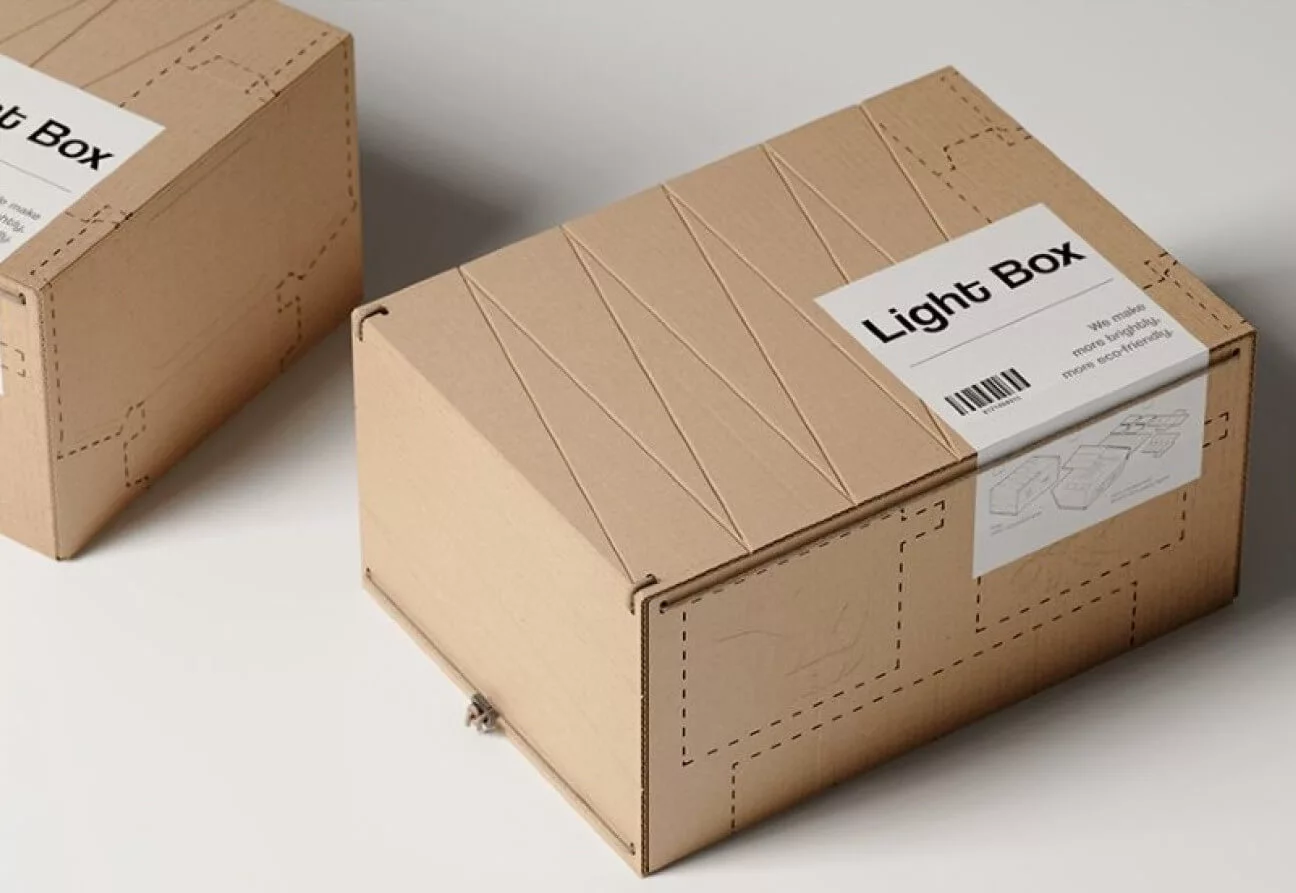Sustainable Packing Tips: Reduce Your Environmental Impact
When it comes to packing, we have an opportunity to make a positive difference for the environment. As someone who cares deeply about minimizing my own environmental impact, I’ve learned valuable tips and strategies for sustainable packing. By making conscious choices, we can reduce waste, limit our carbon footprint, and contribute to a greener future. In this article, I’ll share my personal experiences and practical advice to help you pack sustainably without compromising on functionality. Let’s embark on this journey together and discover how small changes in our packing habits can have a significant environmental impact.
Content

Tips for Sustainable Packing
When it comes to packing, making eco-friendly choices can have a significant impact on reducing environmental harm. By adopting sustainable packing practices, we can minimize waste and contribute to a greener future. In this article, I’ll share valuable tips and strategies to help you pack sustainably while keeping the planet in mind.
Also Read: Tips to make your travel bag
1.Choose Eco-Friendly Packaging Materials
When selecting packaging materials, opt for eco-friendly alternatives that are biodegradable, compostable, or recyclable. Look for packaging made from materials like recycled paper, cardboard, or plant-based plastics. By choosing sustainable materials, you can significantly reduce your carbon footprint and promote a circular economy.
2.Minimize Packaging Waste
Reducing the amount of packaging waste is crucial for sustainable packing. Avoid excessive packaging and unnecessary fillers. Instead, focus on right-sizing your packages to fit the contents snugly. This not only saves materials but also reduces transportation costs and energy consumption.
3.Reuse and Recycle Packaging
Materials Get creative with packaging materials! Reusing materials such as boxes, bubble wrap, and packing peanuts not only saves money but also reduces waste. If reuse is not possible, ensure proper recycling of packaging components. Check local recycling guidelines and separate materials accordingly to promote a closed-loop system.
4.Optimize Packaging Design
Optimizing packaging design is another effective way to pack sustainably. Consider space-efficient designs that minimize the use of materials. Explore innovative packing solutions like collapsible boxes or adjustable inserts that can accommodate various product sizes. By optimizing packaging, you can reduce waste and maximize efficiency.
5.Educate Yourself
Others Stay informed about sustainable packing practices and share your knowledge with others. Educate your customers, friends, and family members about the importance of eco-friendly packaging. By raising awareness and promoting conscious choices, we can create a collective impact towards a greener future.

Understanding the Environmental Impact of Packing
When it comes to packing, it’s important to be aware of the environmental consequences it can have. By understanding the impact of packing on our planet, we can make informed choices and take steps to minimize harm.I’ll delve into the environmental implications of packing, including its carbon footprint and the effects of single-use plastics.
1.Environmental Issues Caused by Packing
Packing has a range of environmental implications that we need to consider. It contributes to the production of greenhouse gases, such as carbon dioxide, through the manufacturing and transportation of packaging materials. Additionally, packing waste often ends up in landfills, leading to soil pollution and harming local ecosystems.
2.Carbon Footprint of Packing Materials
The carbon footprint of packing materials refers to the greenhouse gas emissions associated with their production, use, and disposal. Materials like plastic, particularly single-use plastics, have a significant carbon footprint due to their reliance on fossil fuels. On the other hand, sustainable alternatives like biodegradable or recycled materials can help reduce this footprint.
3.Impact of Single-Use Plastics on the Environment
Single-use plastics, such as plastic bags and packaging films, pose a severe threat to the environment. These plastics are not easily biodegradable and often end up in water bodies, causing pollution and harming marine life. They can take hundreds of years to break down, leading to long-term environmental damage.
4.The Importance of Sustainable Packing
Understanding the environmental impact of packing underscores the significance of adopting sustainable practices. By opting for eco-friendly packaging materials, minimizing waste, and promoting recycling, we can help mitigate the adverse effects on our planet. Making conscious choices in packing can contribute to a greener and more sustainable future.
Understanding the environmental impact of packing is crucial in our journey toward sustainability. By recognizing the consequences of packing waste, the carbon footprint of materials, and the harm caused by single-use plastics, we can make more informed choices. Let’s strive to pack responsibly, embracing eco-friendly materials and practices, to protect our planet for future generations.

Conclusion
In my journey toward sustainable packing, I have witnessed the power of small changes in minimizing our environmental impact. By following the tips and strategies shared in this article, we can make a meaningful difference for our planet. From choosing eco-friendly materials to reducing waste and educating others, each action contributes to a greener future. Remember, sustainable packing is not just about protecting the environment; it’s about making conscious choices that align with our values. Let’s take responsibility for our packing habits and pave the way for a more sustainable and vibrant world. Together, we can make a lasting impact.
FAQs
u003cstrongu003eWhat are some eco-friendly packaging materials that can be used for sustainable packing?u003c/strongu003e
There are several eco-friendly packaging materials available, such as recycled paper, cardboard, biodegradable plastics, and plant-based alternatives like cornstarch-based packaging. These materials are sustainable, recyclable, and help reduce the environmental impact of packing.
u003cstrongu003eHow can I minimize packaging waste while still ensuring the safety of my products?u003c/strongu003e
To minimize packaging waste, consider right-sizing your packages to fit the contents snugly. Use appropriate padding materials like recycled paper or biodegradable packing peanuts to protect your products. Additionally, opt for minimalist packaging designs that eliminate excess materials without compromising on product safety.
u003cstrongu003eWhat can I do with packaging materials once they are no longer needed?u003c/strongu003e
There are multiple options for dealing with packaging materials. Firstly, consider reusing them for future shipments or repurposing them for storage purposes. If reuse is not possible, check your local recycling guidelines to ensure proper recycling of different packaging components. This way, you can contribute to the circular economy and minimize waste.
u003cstrongu003eHow can I encourage my suppliers to adopt sustainable packaging practices?u003c/strongu003e
Open a dialogue with your suppliers and express your commitment to sustainability. Discuss the benefits of eco-friendly packaging and its positive impact on the environment. Encourage them to explore sustainable alternatives and offer support or incentives for implementing greener packaging practices. Collaboration and education can be effective in driving positive change.
u003cstrongu003eIs sustainable packing more expensive than traditional packing methods?u003c/strongu003e
While sustainable packaging materials may sometimes have a slightly higher upfront cost, the long-term benefits outweigh the initial investment. Sustainable packing can help reduce waste, decrease transportation costs, and improve brand reputation. Moreover, as eco-friendly practices become more widespread, the costs of sustainable packaging are expected to become more competitive.












